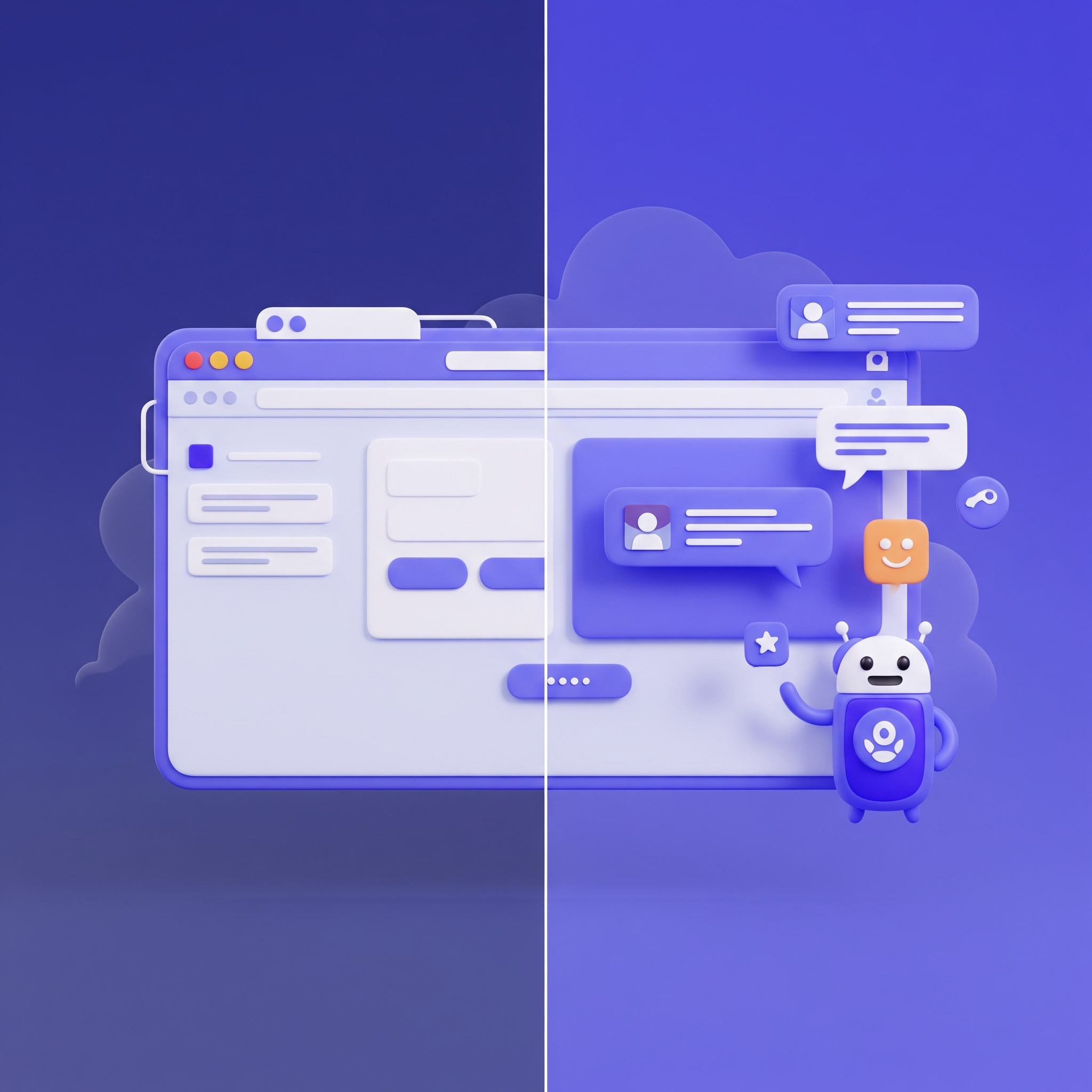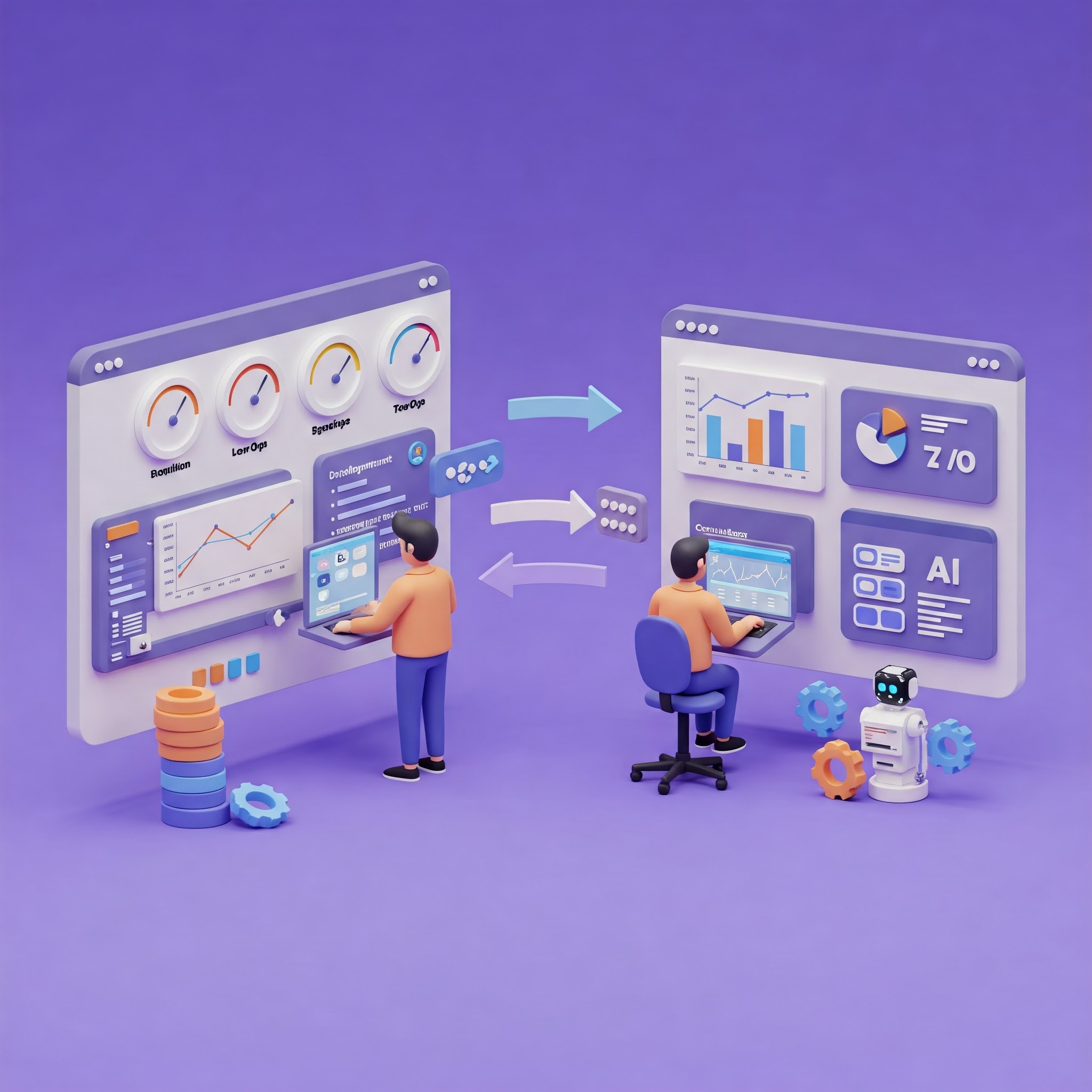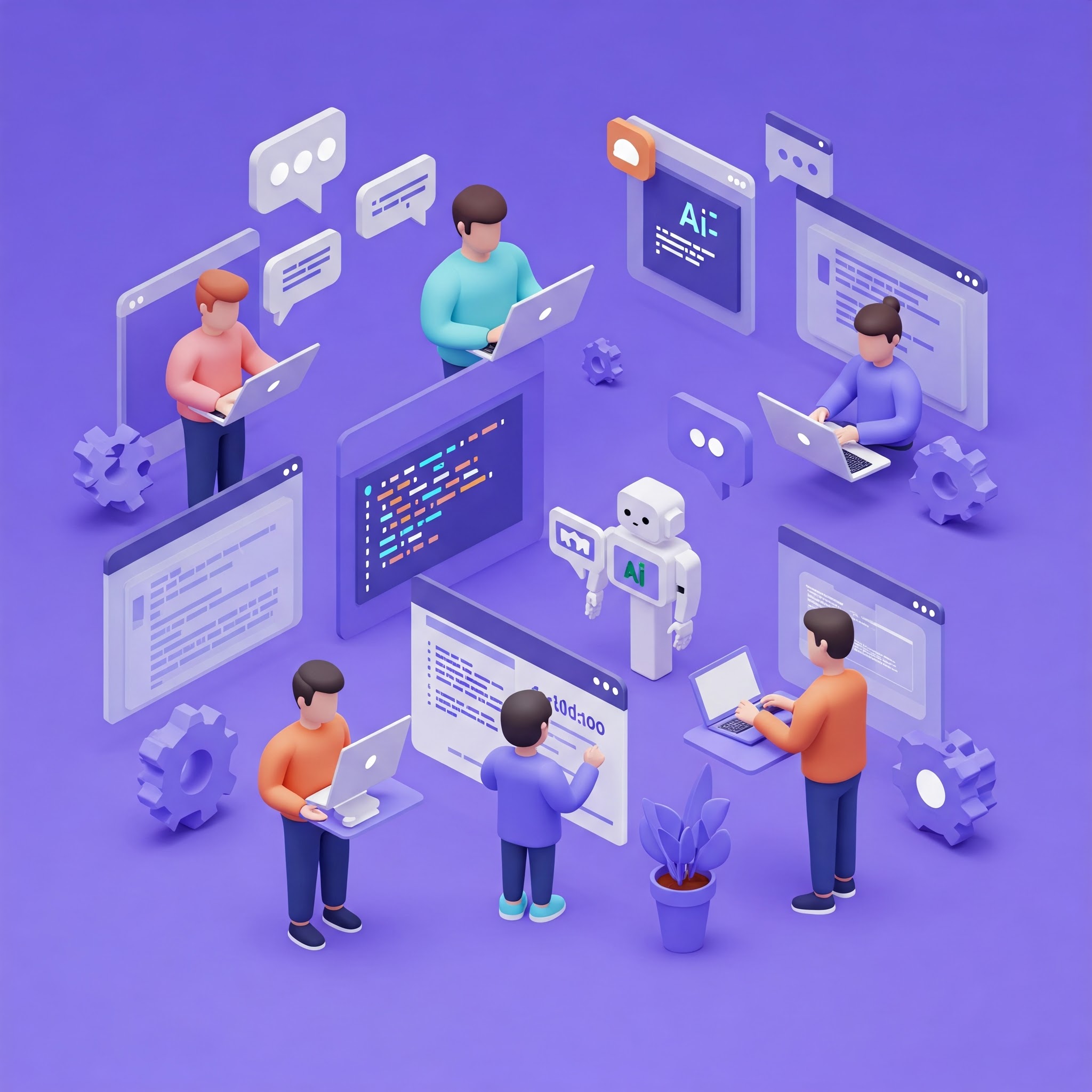
Why Your Best Programming Mentor Might Be in Pajamas
Remote work has fundamentally changed how developers learn and grow. While we've lost office osmosis, we've gained access to global expertise and better documentation practices that are reshaping programming education.

Remote work has fundamentally altered how developers learn programming. What began as an emergency pandemic response has evolved into a permanent restructuring of mentorship, collaboration, and knowledge transfer in software development.
The Scale of Remote Work Adoption
By 2023, 55% of software developers work remotely at least part of the time, with 70% of tech companies implementing remote or hybrid work policies. Major tech companies have made this shift permanent:
- GitLab operates as fully remote with 1,300+ employees across 65+ countries
- Shopify declared itself “digital by default”
- Atlassian moved to “Team Anywhere” policies
- Stripe expanded globally through remote-first hiring practices
This isn’t temporary adaptation - it’s architectural change in how development teams function.
What Remote Work Gets Right
Geographic Barriers Eliminated
Remote work democratizes access to high-quality mentorship. A developer in rural areas can now receive guidance from senior engineers at major tech companies. This geographic arbitrage creates learning opportunities that simply didn’t exist in office-centric models.
The asynchronous nature of remote mentorship also enables more thoughtful knowledge transfer. Instead of quick desk-side conversations, mentors can provide detailed code review comments, create recorded explanations, and build reusable learning resources.
Documentation-First Culture
Remote teams have been forced to document everything. This shift creates unexpected learning benefits:
- Searchable knowledge bases replace institutional memory
- Threaded discussions preserve context for future reference
- Recorded sessions become reusable training materials
- Written explanations force clearer articulation of concepts
Teams now have persistent, searchable records of technical decisions, debugging processes, and architectural discussions that would have been lost in office-based verbal exchanges.
Flexible Learning Schedules
Remote work accommodates different learning patterns. Developers can engage with mentorship content when they’re most focused, rather than being constrained by office hours and meeting schedules.
What Remote Work Loses
Serendipitous Learning Disappears
The casual knowledge transfer that happened through “developer osmosis” requires intentional recreation in remote environments. Junior developers miss:
- Architecture discussions happening in real-time
- Debugging sessions they could observe and learn from
- Tool discoveries shared organically between team members
- Code review conversations that provided context about decision-making
This ambient learning was a significant, underappreciated component of developer education.
Relationship Building Becomes Harder
Technical mentorship relies heavily on trust and psychological safety. Remote work makes it more difficult to:
- Establish the rapport needed for effective mentoring relationships
- Pick up on subtle cues that someone is struggling
- Create informal bonds that lead to career guidance
- Share the excitement of solving complex problems together
The transactional nature of remote interactions can limit the depth of mentoring relationships.
Cognitive Load Increases
The constant context switching between video calls, screen sharing, and multiple collaboration tools creates fatigue that impacts learning effectiveness. Many developers report feeling more drained after remote pair programming sessions compared to in-person collaboration.
How Collaboration Tools Have Evolved
Communication Infrastructure
Modern remote development relies on sophisticated tool stacks:
Messaging and Documentation:
- Slack/Discord for real-time communication and community building
- Notion/Confluence for structured knowledge management
- Loom for asynchronous video explanations
Development Collaboration:
- GitHub/GitLab for code reviews and project coordination
- VS Code Live Share for real-time collaborative coding
- Figma for design collaboration and developer handoffs
Specialized Tools:
- PullFlow integrates GitHub and Slack to reduce context switching in code reviews
- CodeStream brings conversations directly into the IDE
- Tuple provides high-fidelity remote pair programming
Future Trends in Remote Programming Education
AI-Powered Mentorship
AI tools are becoming sophisticated learning assistants. GitHub Copilot provides real-time coding guidance, while ChatGPT/Claude serve as always-available programming tutors. Meanwhile, code review AI catches issues human reviewers might miss.
Improved Asynchronous Collaboration
Tools are getting better at supporting non-synchronous workflows:
- Threaded code reviews that maintain context over time
- Video annotations that explain complex concepts
- Interactive documentation that adapts to experience levels
The Bottom Line
Remote work has created both unprecedented opportunities and new challenges for programming education. While we’ve lost some spontaneous learning that happened in physical offices, we’ve gained access to global expertise, better documentation practices, and more flexible learning environments.
The most effective teams thoughtfully combine remote and in-person approaches, using technology to bridge gaps rather than replace human connection. As tools continue improving and practices mature, remote programming education will likely become more effective than traditional office-based models.
The future isn’t about choosing between remote or in-person - it’s about creating systems that leverage the unique advantages of both while addressing their respective limitations.
Want to streamline your team’s remote collaboration? PullFlow helps distributed development teams maintain context across GitHub and Slack, making remote mentorship more effective than ever.


